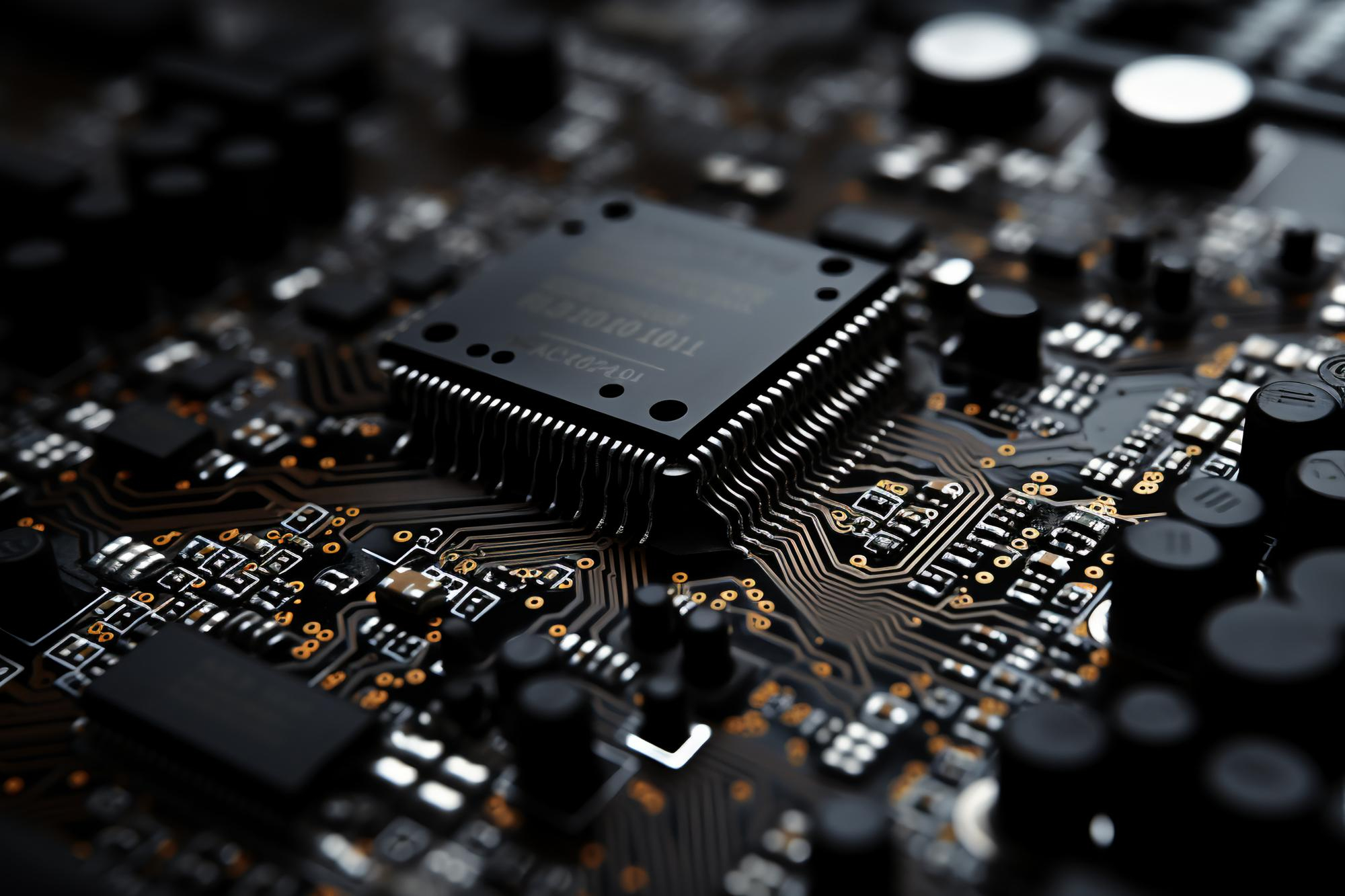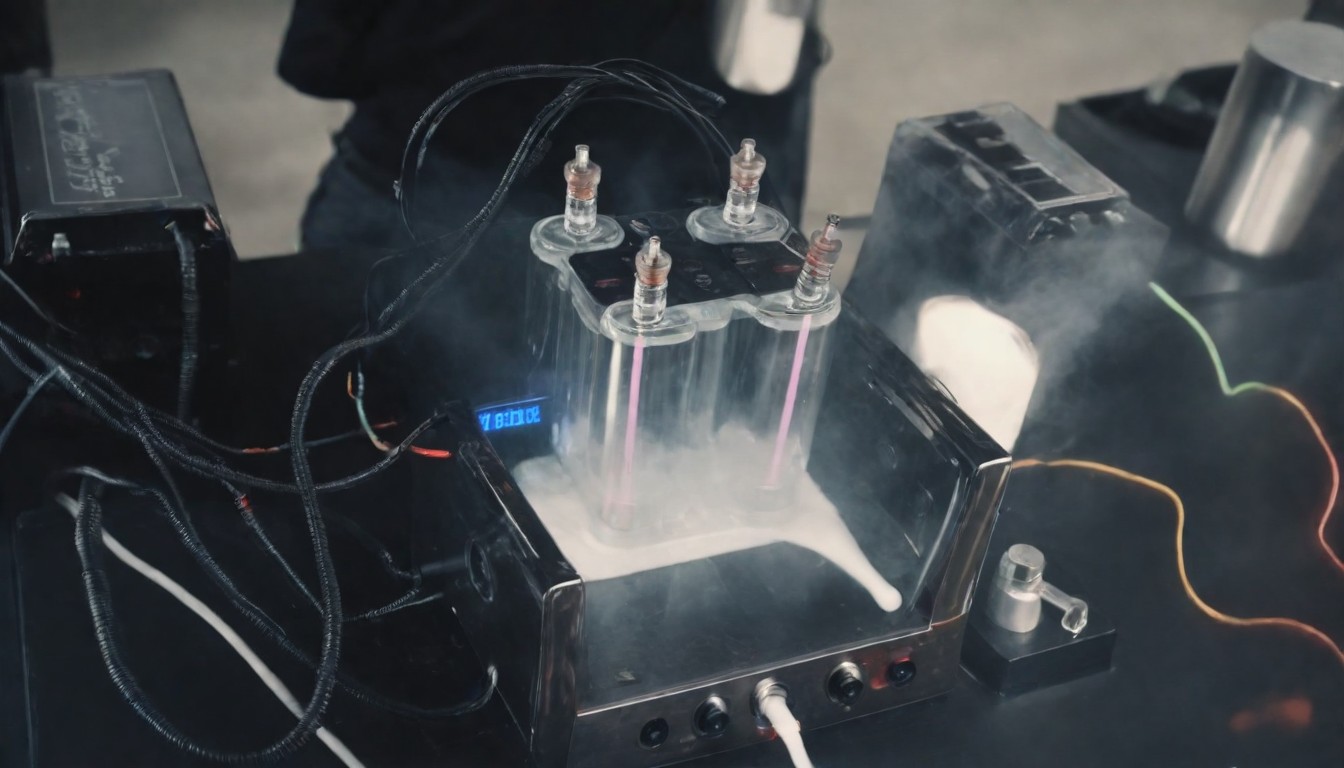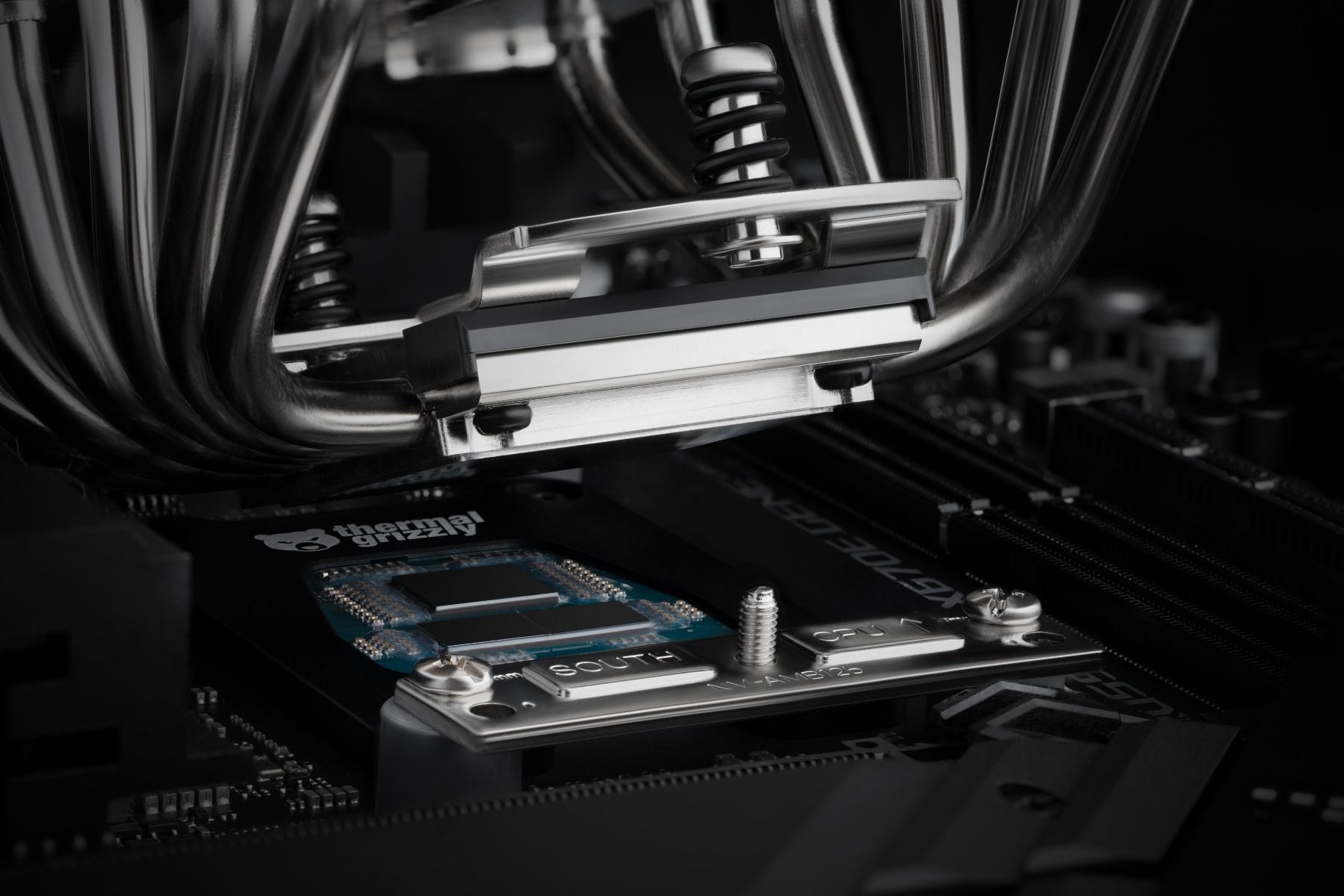
Understanding the Declining Trend in CPU Performance Gains
For decades, the rapid advancement of CPU technology has been synonymous with exponential gains in performance, driving innovation across various industries, particularly in computing and gaming. However, in recent years, astute observers have noticed a perceptible slowdown in the rate of improvement in CPU performance. This decline can be attributed to a multitude of factors, including physical limitations inherent in semiconductor technology and the evolving strategies of chip manufacturers. In this article, we’ll delve into the underlying reasons behind the diminishing pace of CPU performance improvements and examine how chip manufacturers are adapting to this new reality.
At the heart of the declining trend in CPU performance improvement lies the fundamental constraints imposed by the laws of physics. As semiconductor technology approaches the atomic scale, engineers encounter numerous challenges that impede traditional methods of performance enhancement. These challenges include:
- Miniaturization Limits: Moore’s Law, which posits that the number of transistors on a microchip doubles approximately every two years, has been the driving force behind CPU performance improvements for decades. However, as transistor sizes shrink to the nanometer scale, they approach the physical limits of miniaturization, making it increasingly difficult to maintain the same rate of scaling.
- Heat Dissipation: As CPUs become more densely packed with transistors, they generate more heat per unit area. Managing this heat becomes a critical challenge, as excessive heat can degrade performance and reliability. Traditional cooling solutions such as air and liquid cooling have their limits, necessitating innovative approaches to thermal management.
- Power Efficiency: With power consumption becoming a significant concern in both consumer electronics and data centres, achieving optimal power efficiency is paramount. However, as transistor sizes decrease, leakage currents and power consumption tend to increase, posing a formidable barrier to further performance gains.
Flogging The Horse
In response to these physical limitations, chip manufacturers have pivoted towards alternative strategies aimed at sustaining the cadence of their release cycles. Rather than solely focusing on raw performance improvements, they are prioritizing the integration of additional features and enhancements that augment the user experience. These strategies include:
- Multi-Core Architectures: Instead of relying solely on increasing clock speeds, chip manufacturers are leveraging multi-core architectures to boost performance. By incorporating multiple CPU cores on a single chip, they can improve parallel processing capabilities and overall system performance without relying solely on frequency scaling.
- Specialized Accelerators: To address the growing demand for specialized workloads such as artificial intelligence, machine learning, and cryptography, chip manufacturers are integrating specialized accelerators directly into their CPUs. These accelerators, which include graphics processing units (GPUs), tensor processing units (TPUs), and cryptographic accelerators, offload specific tasks from the CPU, improving overall system performance and efficiency.
- Enhanced Security Features: With cybersecurity becoming an increasingly pressing concern, chip manufacturers are investing in the development of enhanced security features to protect against emerging threats such as side-channel attacks and speculative execution vulnerabilities. These features, which include hardware-based encryption, secure enclaves, and advanced memory protection mechanisms, bolster the security posture of modern CPUs, albeit at the expense of some performance overhead.
The declining trend in CPU performance improvement reflects the inherent challenges posed by the physical limitations of semiconductor technology. As chip manufacturers confront these challenges, they are adopting alternative strategies aimed at sustaining innovation and meeting the evolving needs of consumers and businesses. By focusing on multi-core architectures, specialized accelerators, and enhanced security features, they are striving to justify the cadence of their release cycles and maintain their competitive edge in an increasingly competitive market. While the era of exponential CPU performance gains may be waning, the future of computing remains bright, driven by innovation and ingenuity in the face of adversity.



